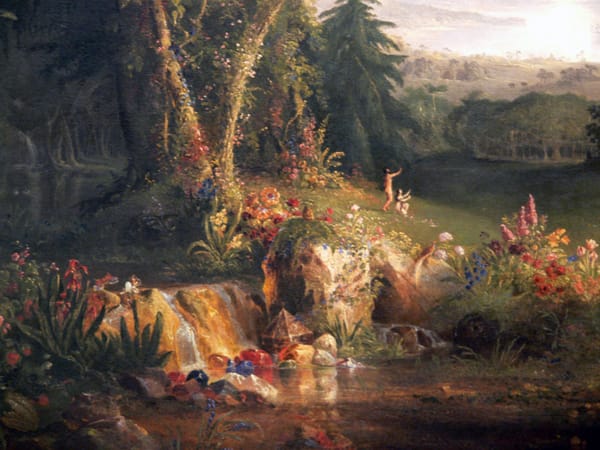Triple-A Games
Most games don't want to be played. So what does it take to rise above the ranks?

Most games don't want to be played. Unrefined concept pitches, lengthy and weighty rules texts, second-rate printable play materials, and a conspicuous absence of online support (such as how to play videos and web-accessible rules). The game is what happens 'at the table,' and the rules text is just the scaffold to try and get us to the promised land dreamt of by the designer, a poor surrogate for the Vulcan mind meld.
Needless to say, there are infinite spectral hues of gaming, just as board games range from the zephyr of a round of Hearts, up to digging the trenches for a stolid weekend of Twilight Imperium. My tastes presently lean light and flavourful; these innumerable delicacies straining my library's belt as too many helpings of pudding.
Yet as the castaway at sea: games, games everywhere, yet not a one to play. Anyone versed in the tabletop scene is now exposed to more published systems, settings, and stuff than ever before (ignoring the infinite depths of creativity bucking on the reins of your own mind, dear reader!). I'm sure many of these games are fun on their own terms. I ask little of them to supplement the pleasure of good company.
This is my first-pass articulation on what it looks like for a game to want to be played (which I'm impudently dubbing Triple-A, with no reference to production budget or professionalism of presentation in this context):
Accessibility
- Simple and direct text to clearly visualise the intended experience and outline how to get there. Acknowledging the hypocrisy, Plain English rules are a virtue, reducing communication barriers.
- Removing avoidable barriers by considering alternative formats (plain text and audio versions, web version to leverage existing accessibility tools, free no-art versions) and considering the diverse potential backgrounds of players (including issues of sensitivity and inclusivity).
- Accessibility is for everyone, and is also a matter of culture. Inculcating a healthy community that is welcoming, accomodating, and seeking to grow is the rising tide that lifts all our ships.
Affordance
- Providing clear means of interaction: well made play and prep sheets or other components (cards, tokens) give everyone at the table something pleasurable and appealing to interact with. I love minimalism and index card character sheets, but they do not help on-board new players.
- Pragmatic writing and tools to help 'get it to the table.' Mothership's Warden's Guide is the current high water mark for this in my opinion, alongside Apocalypse World and Electric Bastionland referee advice sections.
- Ease of content creation: simple layouts and modular design patterns breed creativity: look to the surfeit of B/X D&D classes or Troika! archetypes and map-and-key scenarios.
Aspiration
- Clear, concise and distinct pitch to hook me and potential players. I'd rather take Into the Odd or Troika! and twist the weird to my ends, rather than start from bleached white bread and try to inject some flavour back.
- Induction and world building through character creation and play. Flavour laced into every bite like sweetened strychnine. My players don't read the books, and frankly, they shouldn't have to. Classes/playbooks and play sheets are a critical channel of communication with new players, as are 'downtime/recovery' phases or the 'unscenes' of Carved from Brindlewood.
- The single best predictor of getting two good sessions from a game is having had a good first one: too few games prioritise putting their best foot forward. Videogames and other media have long learned the merits of the strong start, so too should our bespoke fictions come screaming out of the gate.
What of it?
I am using these elements as a razor for not just which games to acquire or play, but also to guide my own designs. I'm presently toying with ready to print pamphlet or card formats, and though lying in the gutter, I am kissed by the gentle beams cast by the loadstars of Accessibility, Affordance, and Aspiration.




